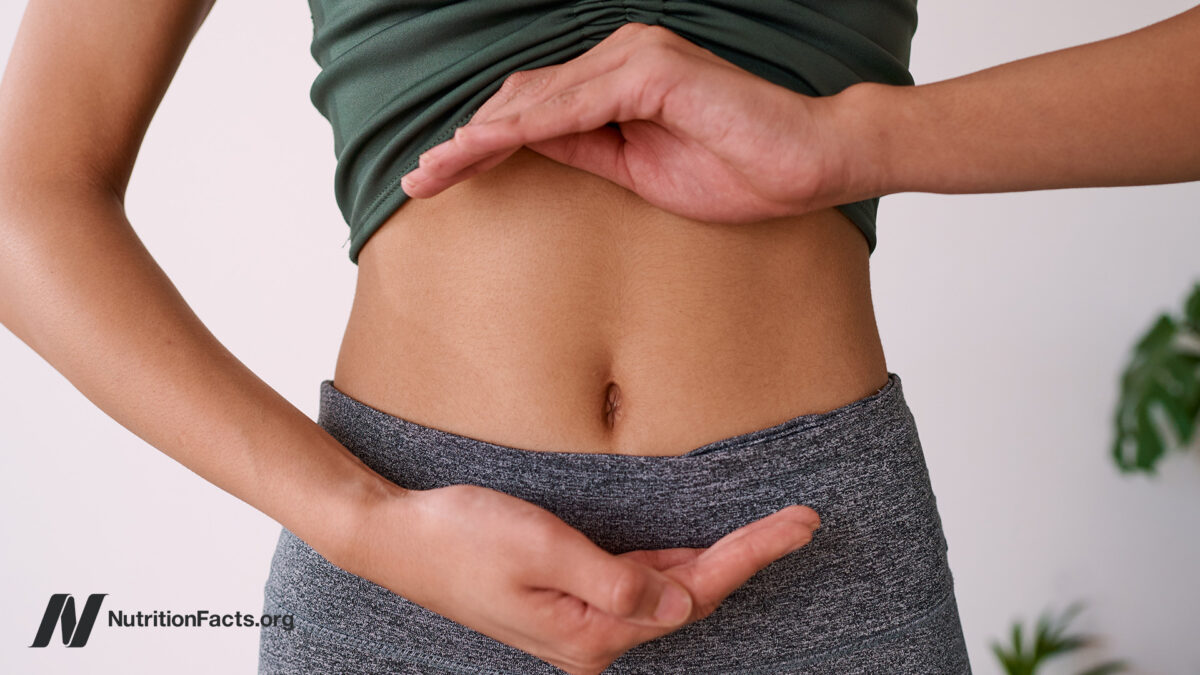Philodendron Looking Sad? This Care Guide Will Tell You Why & What To Do
How to care for this heart-shaped stunner.


mbg Contributor
Emma Loewe is the former Sustainability and Health Director at mindbodygreen. She is the author of "Return to Nature: The New Science of How Natural Landscapes Restore Us" and the co-author of "The Spirit Almanac: A Modern Guide To Ancient Self Care." Emma received her B.A. in Environmental Science & Policy with a specialty in environmental communications from Duke University. In addition to penning over 1,500 mbg articles on topics from the water crisis in California to the rise of urban beekeeping, her work has appeared on Grist, Bloomberg News, Bustle, and Forbes.
February 04, 2025 We carefully vet all products and services featured on mindbodygreen using our Our selections are never influenced by the commissions earned from our links. One of the most common plants you'll find in people's homes, Philodendrons come in hundreds of varieties that boast unique shapes, sizes, colors, and growth habits. Most have heart-shaped leaves that can grow quickly with proper care. Here's everything you need to know to keep this adaptable houseplant happy.
The Philodendron plant
Philodendrons are native to the tropical climates of Central and South America. They hail from warm, humid conditions. In the wild, they can be found growing on shaded ground, climbing up trees, or perching on top of other plants or rocks.
"Because of the wide range of habitats that they can be found in, they are fairly easygoing and adaptable to most home environments," explains Chris Satch, a plant specialist at Horti.
Most philodendrons would do well placed near a window that gets a fair amount of light but isn't scorched by the sun all day. (Remember, these babies thrive in the tropics, so they're used to a little shade.) If you live in a warmer climate that doesn't dip below 60 degrees Fahrenheit, you can also grow your philodendron outside in the garden.
Some types of philodendrons are rarer than others, but chances are you can find at least one variety in your local plant shop or garden store.
Quick overview:
Different types of philodendrons
There are over 450 species of philodendrons (that we know of!). Some are vining varieties that can make a statement in hanging planters, while others grow upright. They can also come in bright pinks and yellows, or more classic green shades.
Here's an introduction to a few of plant experts' favorite varieties and what makes them special:
How to distinguish pothos from philodendron
It's easy to confuse philodendrons with pothos, another popular type of houseplant. However, there are some key differences between the two that will help you tell them apart (and give them proper care):
Caring for the plant
While most philodendron varieties are pretty low maintenance, they aren't invincible. Here's what they tend to need in terms of water, sunlight, soil, etc.
Water:
There is no magic number for how often you should water your philodendron. Neese and Satch agree that you'll need to feel the first inch or two of its soil to tell if it's dry and needs water. "Let it dry out before watering," Neese recommends. "If you overwater, it will slow down their growth."
Your plant will likely need more water in the spring and summer, and less during the fall and winter's dormant months. Neese likes to use a plant meter to gauge exactly how much moisture her plant has before watering, especially if it's on the larger side and surrounded by lots of soil.
Sunlight:
Most philodendrons could use one to four hours of direct light every day, Satch explains. He recommends placing yours within 3 feet of a winter that faces east or west to help it grow tall and full.
It can also thrive next to a southern-facing window that has a sheer curtain to diffuse some of that bright light. Direct sun can damage its leaves!
If you have a philodendron that's struggling to grow, Neese recommends checking on its light and pushing it closer to a window if needed. Remember, light conditions in your home can change from season to season, so you may have to move your plant periodically.
Soil:
Repot your plant in fresh, well-draining potting soil when you first take it home from the shop. It should be happy in that new soil for two to three years, though you'll want to move it to a slightly larger pot (2 inches larger) if you notice its roots are outgrowing its container. Check out a complete repotting how-to here.
Pot:
Your philodendron pot should have a drainage hole for water to escape. This will help prevent overwatering and root rot.
Fertilizer:
Neese recommends fertilizing your philodendron with a balanced fertilizer (not sure what that means? Peep our fertilizing guide) once a month during the spring and summer.
If you're using synthetic fertilizer, dilute it with water so it is half as strong as what the directions call for, as synthetics tend to be very concentrated.
Temperature:
Most philodendrons will be comfortable in temperatures between 65 degrees Fahrenheit and 85 degrees Fahrenheit. Since they don't tolerate temps much below 60 degrees Fahrenheit, be sure to place them away from air conditioners in summer and drafty doors or windows in winter.
Common philodendron problems & how to fix them
Is your philodendron looking less than perky? Here are a few common care issues with this plant, and how to correct for each:
How to propagate
It's easy to make your philodendrons multiply using Neese's go-to water propagation technique:
Final FAQs:
When should I repot my philodendron?
Neese recommends waiting two to three years before placing your plant in a larger pot. "Let them get a little root-bound, and they will push out more leaves," she says. "Too big of a pot could cause the soil to dry slower, which is not helpful."
How can I make my philodendron look more full?
If your trailing philodendron has more stems than leaves, prune it to encourage more even growth. Simply trim back the longest stems of your plant—and maybe propagate the cuttings to give as gifts while you're at it.
"If you don't prune them, the internodes (stem sections between the nodes) get longer between leaves and look lean," she explains. "The goal is a full head and cascading foliage on the hanging varieties."
How should I water my philodendron?
Once you've felt its soil to make sure it feels dry, slowly pour room temperature water all over the surface of your plant. Once the water comes out of its drainage hole, it's time to stop.
Give your plant a few minutes to soak up any remaining water in its tray. After 10 to 15 minutes, dump any leftover water in the sink. It doesn't need it!
The takeaway
Along with the trusty ZZ plant and snake plant, philodendrons are some of the easiest houseplants to keep alive. Choose a variety that appeals to you, keep these care tips handy, and you'll be rewarded with a green (or pink, or yellow!) beauty for a long while.

 Kass
Kass 































